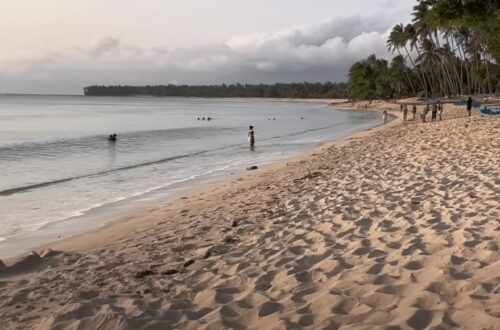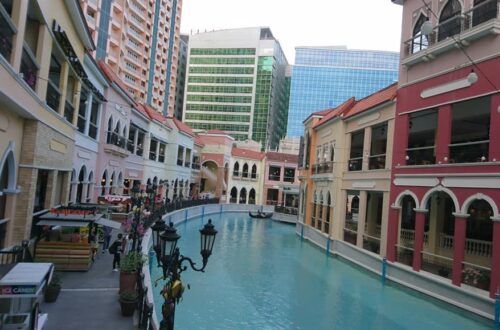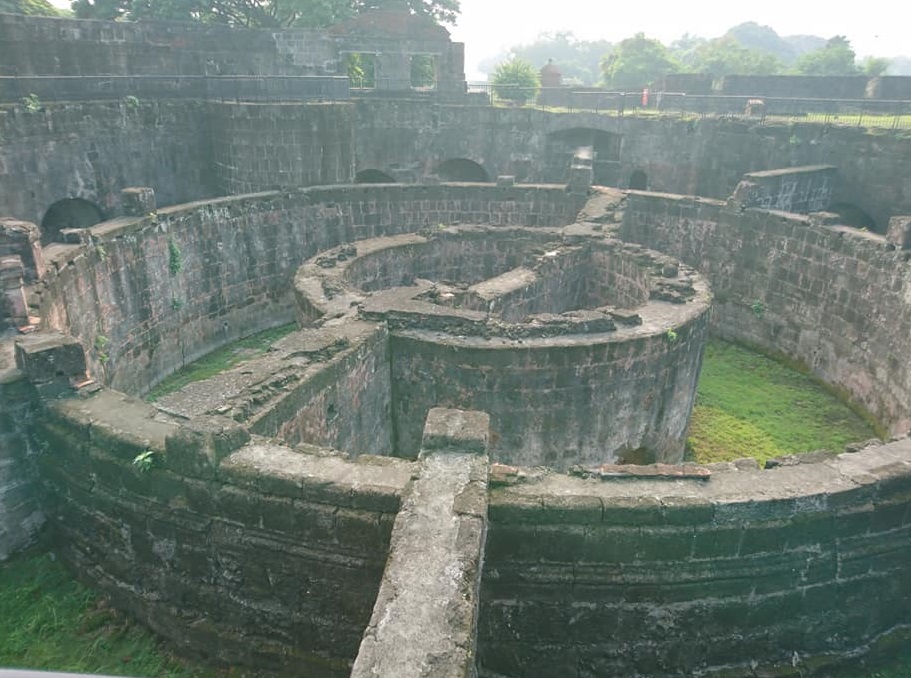
Intramuros Manila (History and Facts)
Background and History
Intramuros is one of the most visited tourist attractions in the Philippines which is located in the city of Manila. The reason it’s called Intramuros is that it came from the Latin word which means inside the walls. In short, it is a city within the walls. It is situated at the site of the former palace of Rajah Sulayman during the late fifteenth century. Intramuros have a size of 670000 square meters or 0.67 square kilometers.
According to its illustrious history, Intramuros was planned and built by Miguel Lopez de Legazpi in the year 1571 during the start of the Spanish colonial period in the Philippines. The Spaniards constructed a series of six meters high stone walls and fortifications which are bounded by moats on a very crucial piece of land on the south bank of the Pasig River which is known today as Fort Santiago. It is bordered by Pasig River in the north and Manila Bay in the west.
Intramuros is known as the Walled City because it was mainly built as a defensive curtain to defend the occupant from outside aggression. It has a compressed gauze-like system of streets and a central square surrounded by government offices. The city was predesigned on a compact framework of streets encompassed by dozens of cannons, and a couple of moats, and safeguarded by bulwarks and ravelins. As the years go by, Intramuros is home to several churches, parks, schools, plazas, monasteries, and grand government offices. Furthermore, Intramuros accommodate the Philippines’ prosperous families, brilliant students, and most authoritative churchly orders during the sixteenth century.
Inside the Intramuros, there’s a wide area for the printing press and garrison. Also, caravan carts rattled down the cross-roads streets. As a result, Manila’s upper-class families were enthralled in stylish Spanish-style architecture every day, and on Sunday, a parade of fashionable churchgoers circulate through the city’s eight gates approaching the Manila Cathedral and Plaza Roma. For this reason, Intramuros has been the capital city of Metro Manila for many years during the Spanish colonial period in the Philippines.
As the place of Spanish dominion in the Philippines, Intramuros seize the scrutiny of every major industrialized country such as the Netherlands, the United Kingdom, the United States, and Japan to conquer the Philippines during the Industrial Revolution era. Moreover, the Spanish officials command that the Chinese could not own houses inside Intramuros, so a growing community of Filipino-Chinese was established outside the walls in a place known as the Parian de Arroceros. For the past 374 years, Intramuros still standing despite a series of fires and earthquakes.
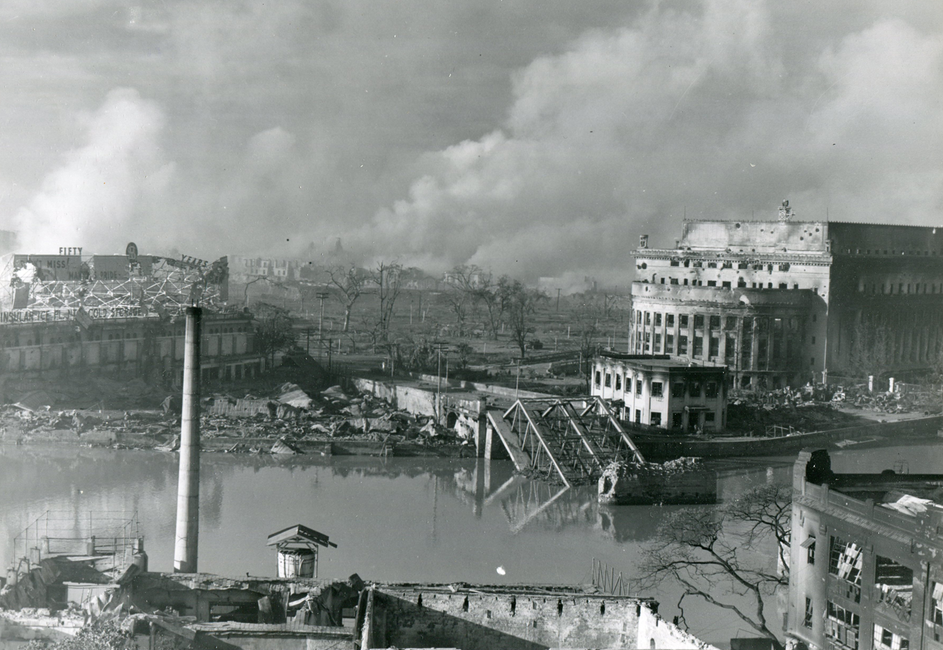
However, in the year 1945, during the last stages of the Second World War, the Japanese Imperial army and the combined forces of Philippine and American soldiers fought on Intramuros. The offensive on Intramuros starts on February 23, 1945, and it continued until March 1945. During these days, the Japanese Imperial army released thousands of civilian hostages. Nevertheless, Japanese Colonel Noguchi’s soldiers killed almost one thousand men and women.
Intramuros walls were fired on point-blank from a distance of 250 yards and by an artillery barrage, its buildings carpet-bombed by both the United States and Japanese air forces, its gates rammed with heavy tanks. Also, the Japanese Imperial army consistently demolished cultural and historical landmarks across Metro Manila. On the other hand, the American and Filipino soldiers used heavy artillery barrages and heavy shelling to ravage the Japanese soldiers on their strong position in the historic walled city and to free up the nearly four thousand civilian hostages.
Army historian named Robert Smith wrote an article that the Japanese massive artillery preparation cause the American to heavily use aerial bombardment. In addition, during the battle for Manila, American soldiers and infantry are more important than historical memorials and monuments. As a result, the destruction in Intramuros is inevitable to save as many lives as possible against the ruthless Japanese army. On February 26, 1945, Japanese forces named Iwabuchi and his loyal soldiers committed suicide in daylight.
Even so, before the assault ended, General Douglas MacArthur announce the Commonwealth of the Philippines to be permanently reinstated. He quoted and told the gathered assembly “My country kept the faith, your capital city, cruelly punished though it be, has regained its rightful place citadel of democracy in the East.” The heavy and dog fight battle lasted for days and the destruction of Intramuros can be seen in the aerial view during May 1945. Intramuros were leveled to the ground by military operations and artillery and only the San Agustin Church and its abbey remained standing inside the Manila walled city.
The outcome of the assault in Intramuros resulted in almost 1000 United States soldiers dead and around 5500 have been wounded. On the other hand, nearly 100,000 innocent Filipinos were killed during the battle of Manila, both consciously by the Japanese in the Manila massacre and from massive aerial bombardment and artillery by the United States and the Japanese Imperial army. Nonetheless, the Japanese suffered heavy casualties approximately 16,000 Japanese soldiers have been dead within Intramuros alone. In the year 1946, General Tomoyuki Yamashita was put to death because of war crime violations performed during the Pacific campaign of the Second World War.

In April 1979, the Intramuros Administration was established by Presidential Decree No. 1616 which is signed by the former late President Ferdinand Marcos. Months later the Intramuros Administration announced stronger measures to restore the ancient gates and walls of Intramuros with the help of the city government of Manila. Since then the Intramuros Administration has been slowly restoring the five original gates namely Postigo Gate, Parian Gate, Isabel II Gate, Real Gate, and Santa Lucía Gate. Also, they restore the fortification, the city within, and the historic walls.
In the year 2012 Intramuros looked like a city in South America during the shooting of The Bourne Legacy. Three years later in the year 2015, Pope Francis the former head of the Catholic Church visited the Philippines, he led a mass at the Manila Cathedral that was attended by approximately two thousand bishops, religious leaders, and priests of the Philippine Catholic Church. In the year 2018, a major event in Intramuros resulted in over one million people visiting the place. Nevertheless, in the year 2020, Intramuros temporary close all the attractions for all local and international tourists due to the global pandemic.
Presently, Intramuros is now open and it’s home to some well-known schools in the Philippines such as Lyceum of the Philippines University, Mapua University, and Pamantasan ng Lungsod ng Maynila. In the year 2022, Intramuros was acclaimed as Asia’s leading tourist attraction at the 29th World Travel Awards (WTA) that took place in Ho Chi Minh City, Vietnam. The Department of Tourism happily accepted the achievement highlighted by the Philippines being chosen as the best historic site among Asia’s finest travel and tourism industry as well as the best go-to beach destination in Asia. For this reason, the recognition will bring more complexion to the historic walled city as told by the Intramuros Administration.
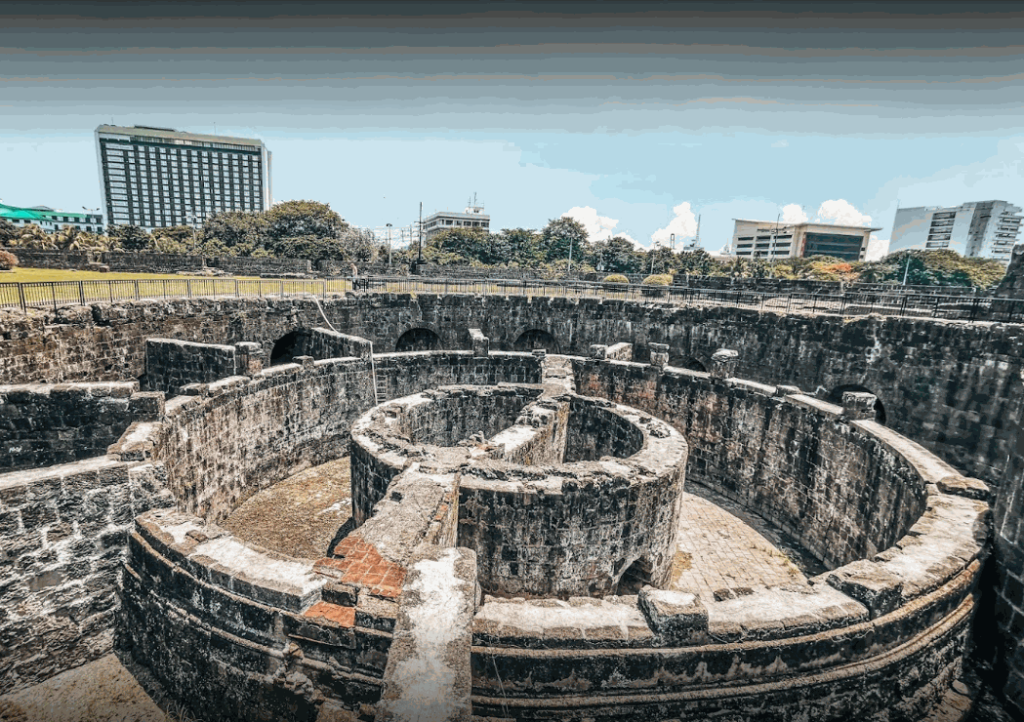
Anyway, one of the tourist attractions inside the Intramuros is the Baluarte de San Diego. The ruins of the Baluarte de San Diego are one of the most stunning structures in Intramuros. Baluarte de San Diego was planned and built by Jesuit priest Antonio Sedeno in the 1580s decade. According to the Intramuros Administration and its superb history, Baluarte de San Diego is the first fortress in Manila made of stone and was first known as Nuestra Senora de Guia but because its construction was not strong, it was immediately destroyed.
However, in the seventeenth century, the Baluarte was constructed and rebuilt and even served as a camp for the English people during the United Kingdom Occupation of Manila in the year 1762. When the Spaniards recaptured Manila with the help of the native Filipinos, Manila was once again restored as well as the Baluarte to the crown of Spain. Baluarte de San Diego stood tall for years to come until it was destroyed during the Second World War.
In the 1980s, the Baluarte de San Diego was revived and now serves as one of the most popular attractions within Intramuros. It is now known as the San Diego Gardens where visitors can find old walls, structures built during the Spanish era, and gardens full of plants, trees, and flowers that are pleasing to the eye and mind. Baluarte de San Diego is truly a historical treasure. One of the traces of our yesterday.
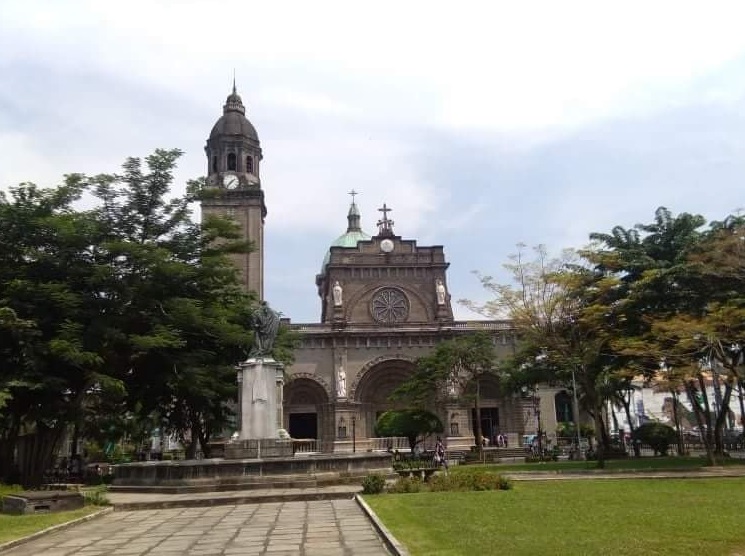
Another tourist attraction within Intramuros is the Manila Cathedral, a minor basilica and Metropolitan Cathedral of the Immaculate Conception. In the Filipino language, it is “Basilika Menore at Kalakhang Katedral ng Kalinis-linisang Paglilihi.” On the other hand in the Spanish language, it is Basílica Menor y Catedral Metropolitana de la Inmaculada Concepción. Manila Cathedral was built in the year 1581 with the use of nipa, wood, and bamboo. Manila Cathedral is located within the walls of Intramuros and presently it’s one of the best churches in the Philippines to attend Catholic mass. The air conditioning and ventilation inside the cathedral are well maintained and the interior is grand as it symbolizes Christianity. To conclude, many local and foreign tourists never miss visiting Intramuros because of its super-rich history. So if you love history then I definitely recommend Intramuros as your next travel destination.

Name: Intramuros
Location: Manila, Philippines
Features: 16th-century Spanish-era landmarks
My trip to Intramuros
It was Thursday morning after my night shift work had ended when I decided to go to Intramuros by myself only. I think it’s a good day to unwind, reflect, and to know more about one of the historical places in the Philippines. So from my office building on Chino Roces Avenue, I immediately ride a jeep going to Sen. Gil J. Puyat Avenue also known as Buendia Avenue. Afterward, I ride another jeep going to the intersection of Taft Avenue and Buendia Avenue.
Because it was still rush hour at that time, I feel the heavy traffic and I sweat a lot because it was too hot already. Even so, I arrived at the intersection around 9 am. Then I look for a jeepney with signage of Quiapo or Manila City Hall for a few minutes, after that, I board the jeep with the signage of Quiapo. I asked the jeepney driver to drop me near Manila City Hall. After seventeen minutes, I arrived at Taft Avenue beside Manila City Hall and I walk through the underpass to be able to get to another side of the road.
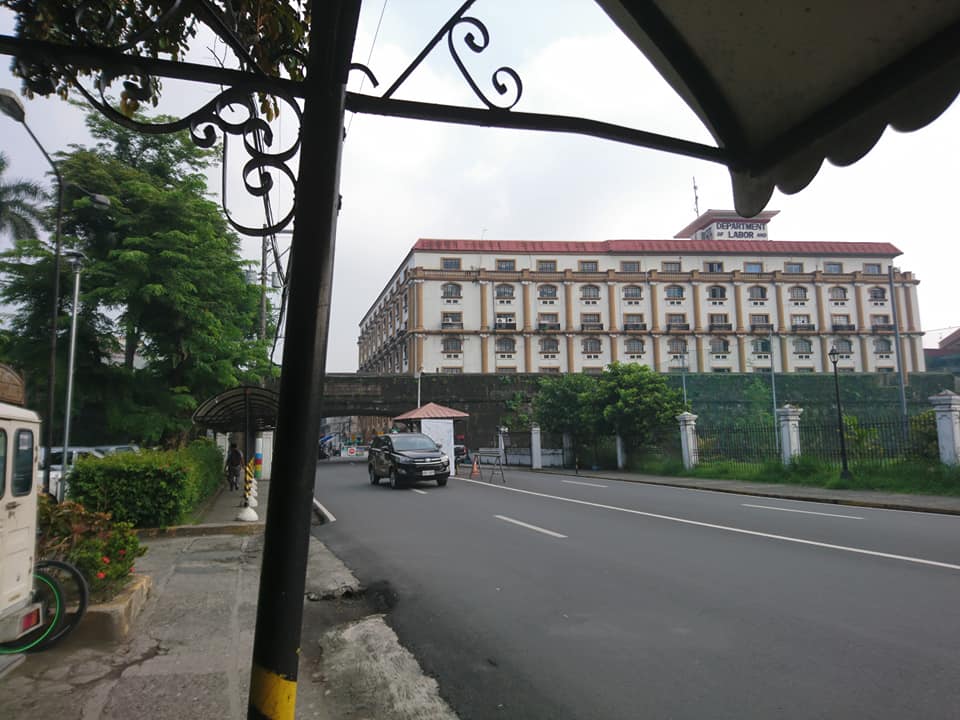
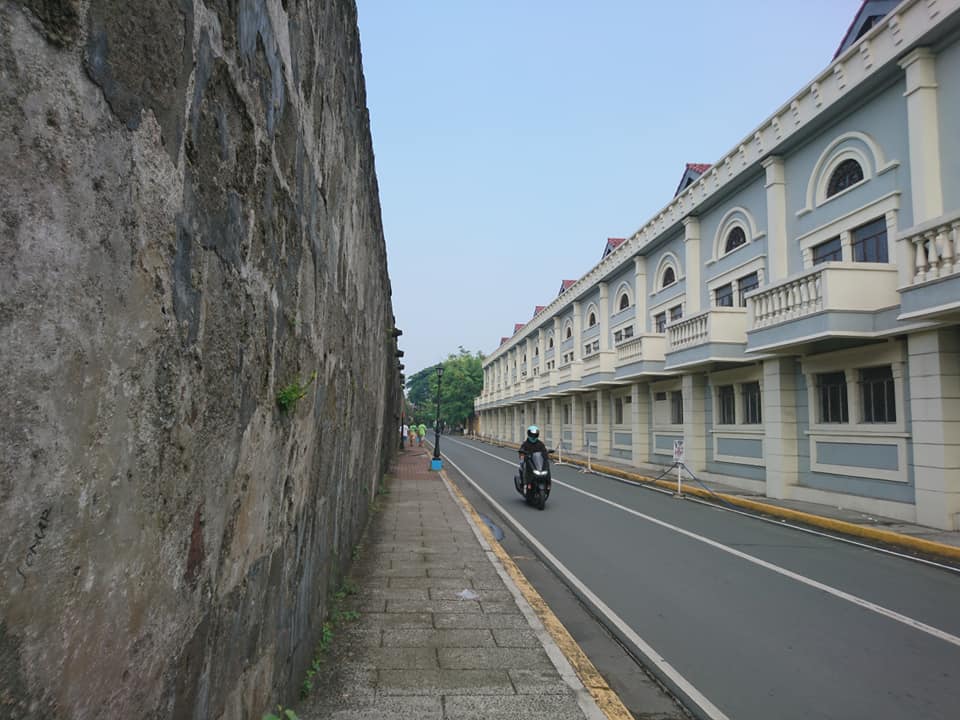
A few moments later I ride another jeep going to Intramuros Gate. But before I enter the Intramuros Gate, I buy morning snacks and soft drinks to get rid of my little hunger and to feel awake because it’s a long walk inside the historic walled city. After twenty minutes, I entered the gate of Intramuros and started walking toward my first destination which was the Baluarte de San Diego. I paid the necessary fee to get inside the Baluarte de San Diego. After that, I started to have a nice walking tour. A few minutes later, I feel like I’m in the continent of Europe because of the rich history of Intramuros.
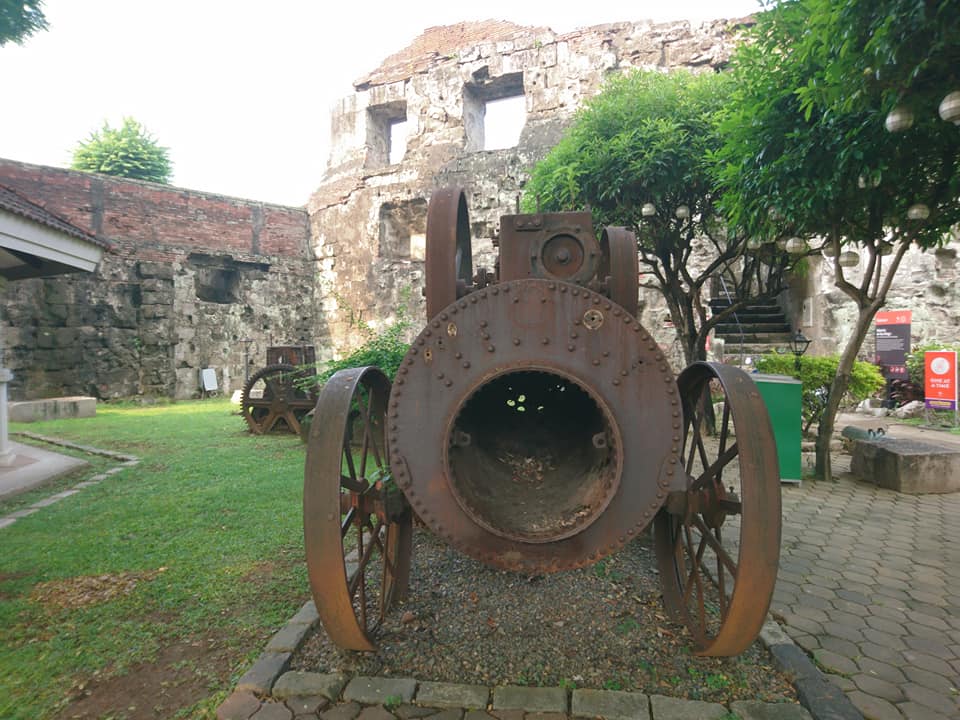
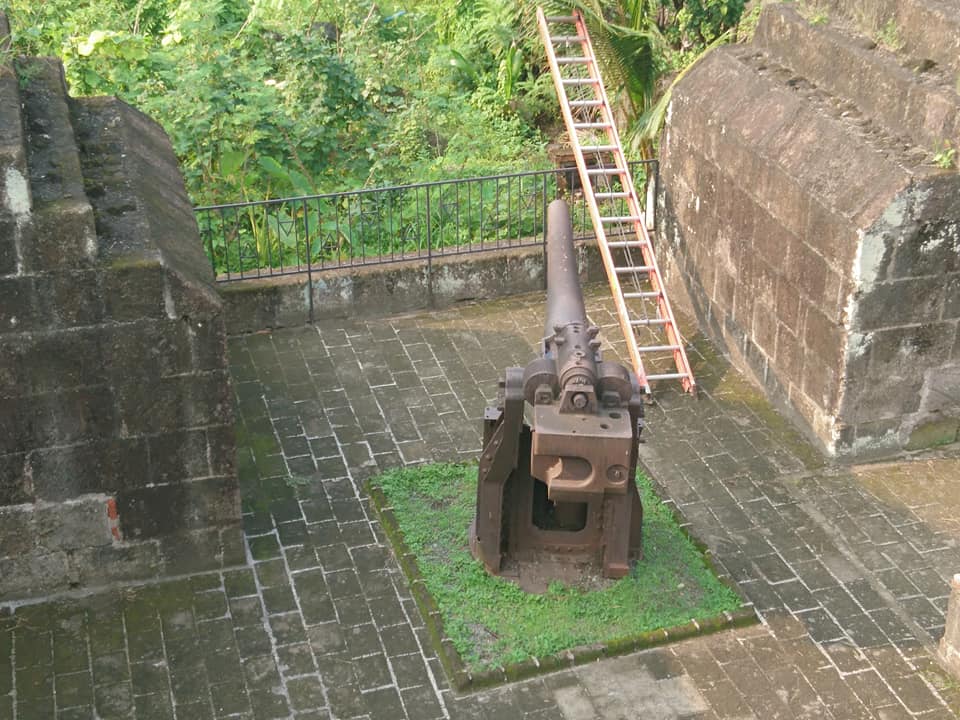
I’m in awe of the amazing facade of historical Spanish architecture which is surrounded by a charming greeny garden decorated with fountains, a bonsai tree collection, smooth pathways, and an alluring pergola that will remind visitors of the fantasy land. One of the staff in Intramuros told me that Baluarte de San Diego is one of the tourist attractions inside Intramuros that is suitable for wedding events, photoshoot sessions, family occasions, and reunions and it will bring them close to the historic walls. It is also a perfect destination to spend time with your family, loved ones, or groups.
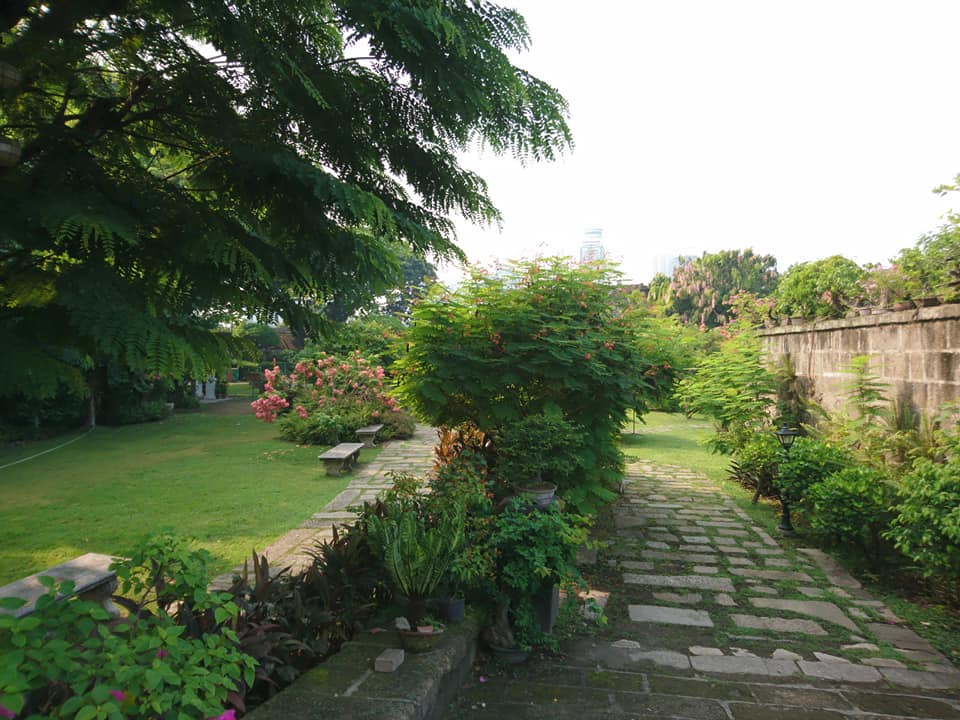
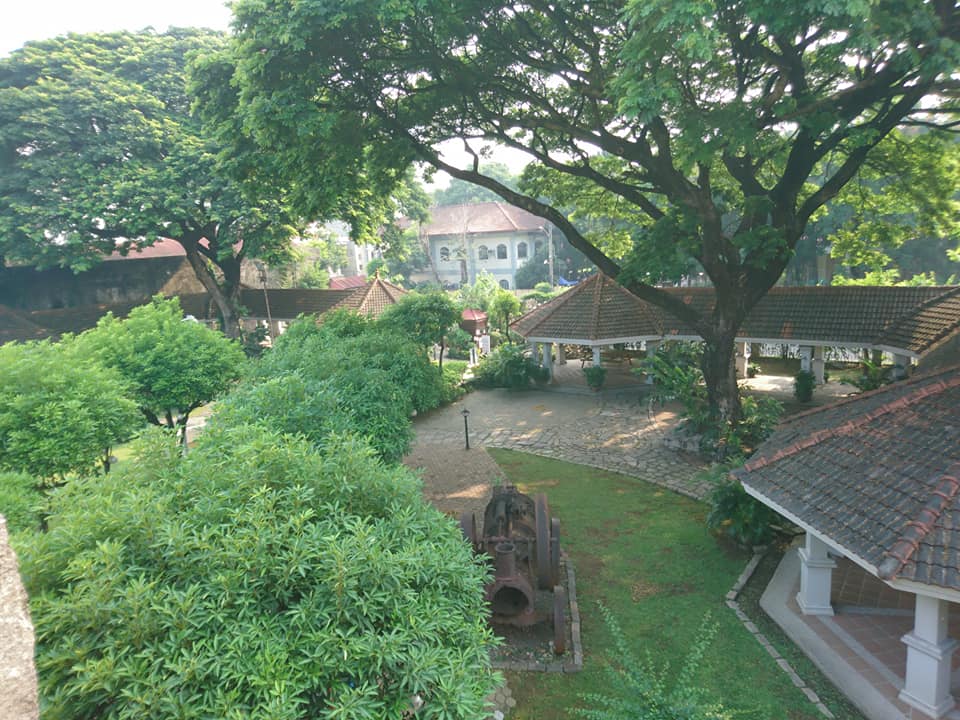
As I continue to roam the place, I learn more about the history of Intramuros and the Spanish colonial period in the Philippines by reading some commemorative plaques. Without a doubt, Baluerte de San Diego is a noteworthy historical place because it is one of the ancient and most crucial strongholds of the old city of Manila during the Spanish era. In addition, the place is well maintained even their restroom is so clean.

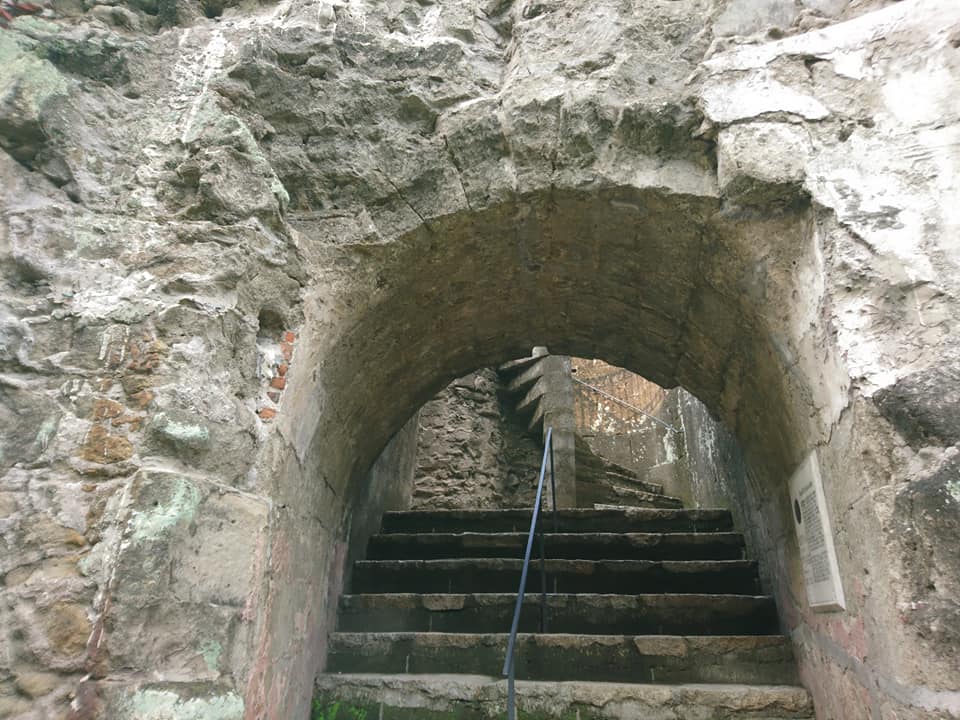
Then I noticed that the spade-shaped bulwark fortification complex is quite huge and cool, especially with the dramatic view of the Manila skyline, walls and ruins, and beautiful golf course. I feel so relaxed while recalling the events in the past. For this reason, I take selfies and snap photos of the remarkable surrounding as a remembrance of this great place. I stayed at the Baluarte de San Diego for almost an hour. Before I leave Baluarte de San Diego, I went to a miniature shop to buy some memorabilia.
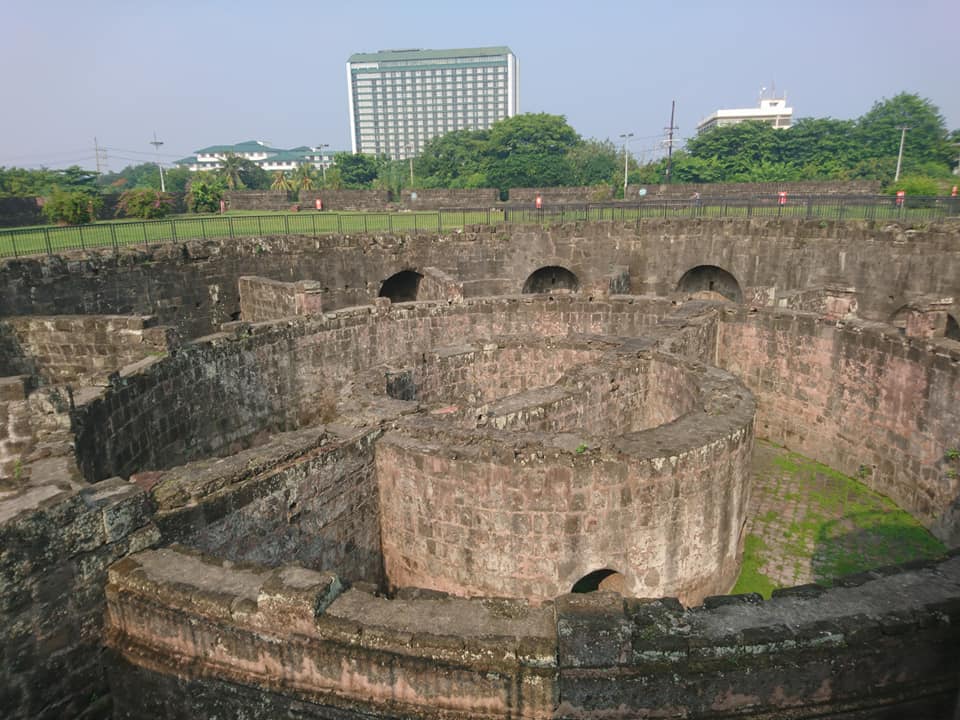
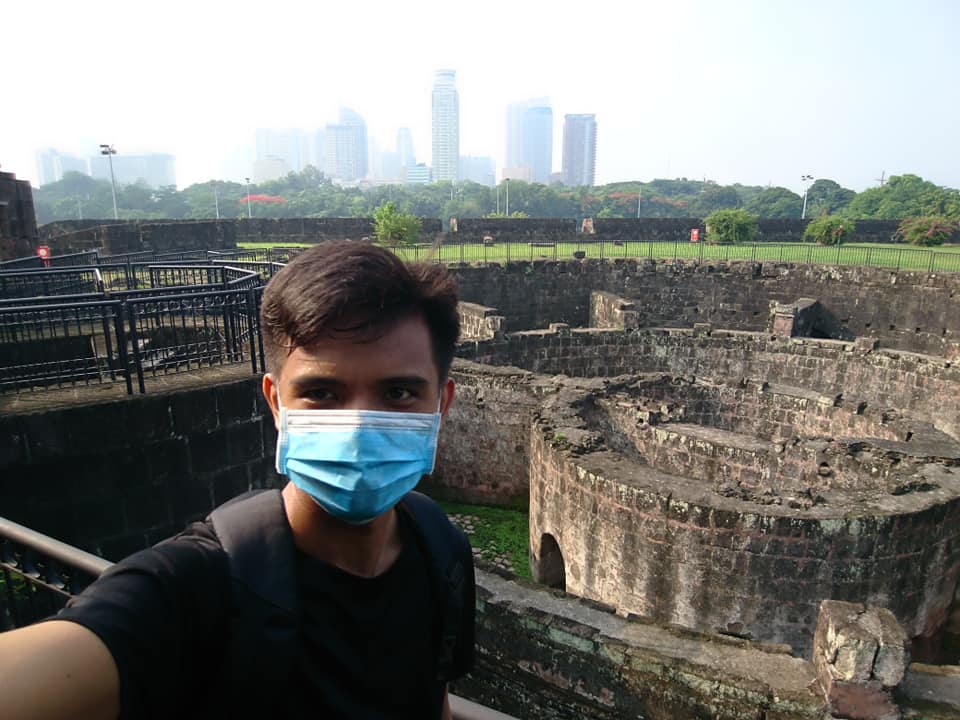
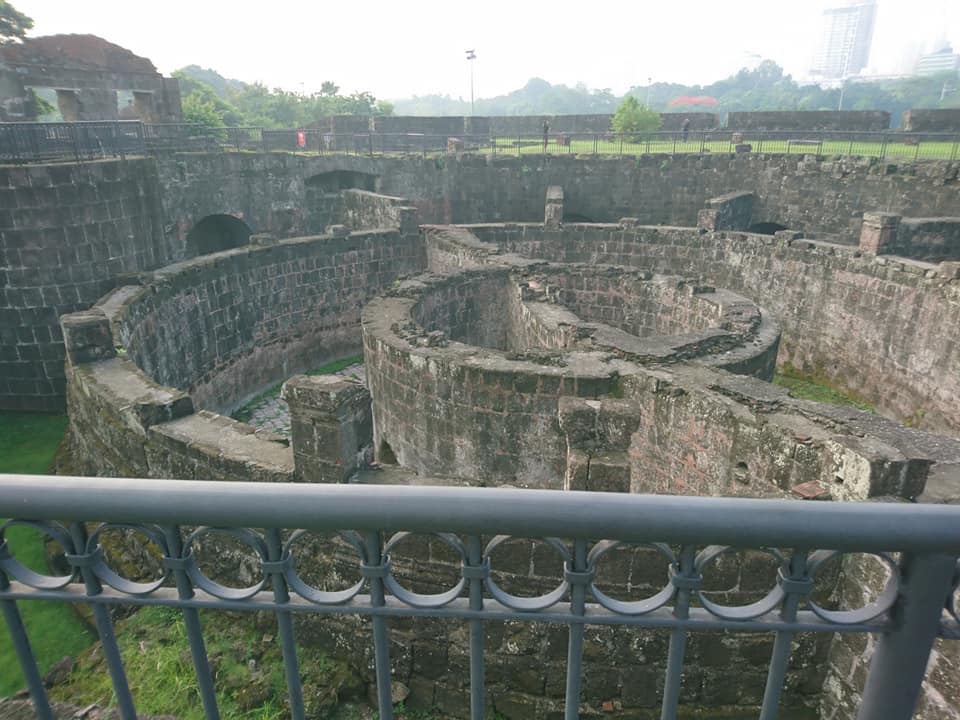
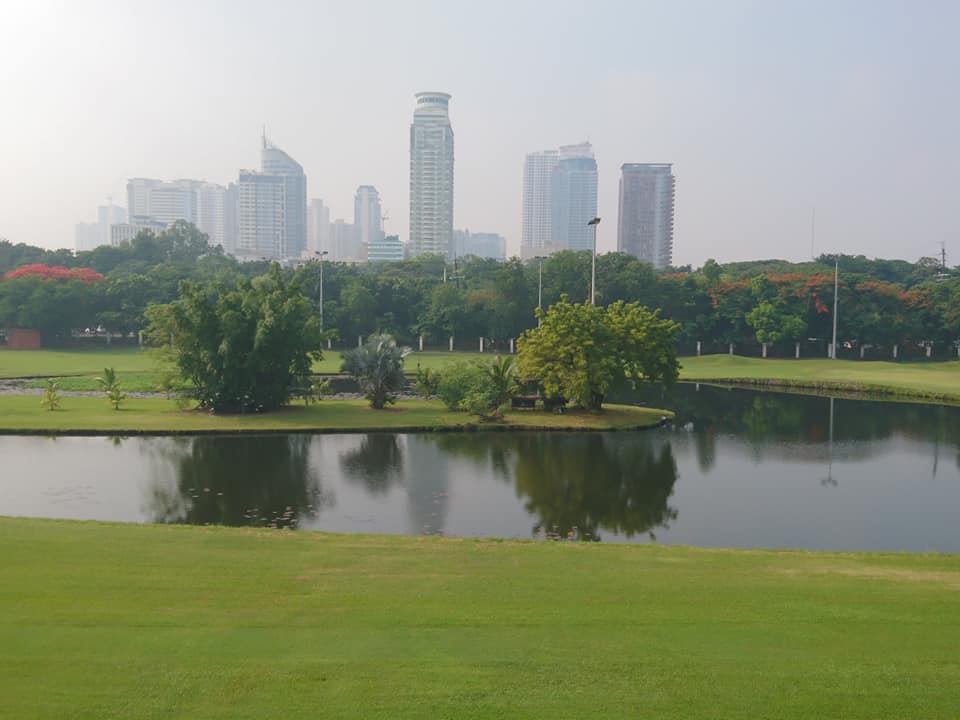
Afterward, I walk towards Manila Cathedral and Palacio del Gobernador. Manila Cathedral is one of the most beautiful churches I’ve seen in the Philippines. The church withstands the test of time as the original design and structure are well maintained by administrators and officials. Also, besides the church, there is a couple of souvenir shop that sells items coming from Italy. Undoubtedly, the Manila Cathedral is one of the pillars of Intramuros and is definitely worth the time to visit this historical church.
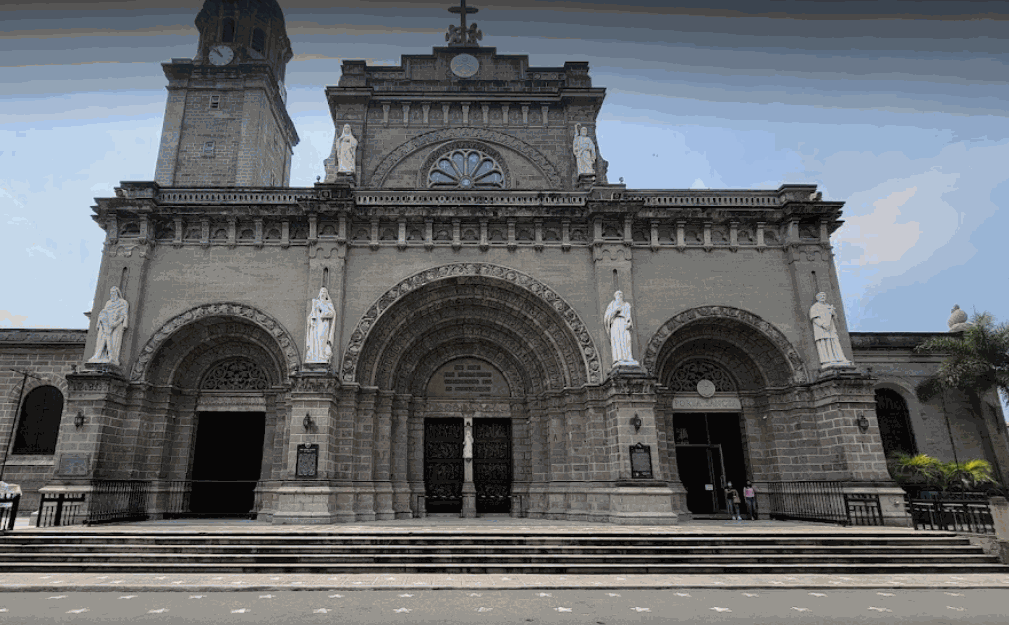
After reading some historical markers on the church, I went to my next destination which is Fort Santiago. I paid a small amount of fee to enter the site. Then I went to the fortress restroom and I see some Spanish words like “caballeros” which means male and “damas” which means female. After that, I read the historical value and stories of Fort Santiago during the Spanish era. I’m so amazed to learn so much history in a small amount of time only. There are many stories to learn about especially the leftovers, dungeons, and fragments of the old fortress. Indeed I have fun walking around.
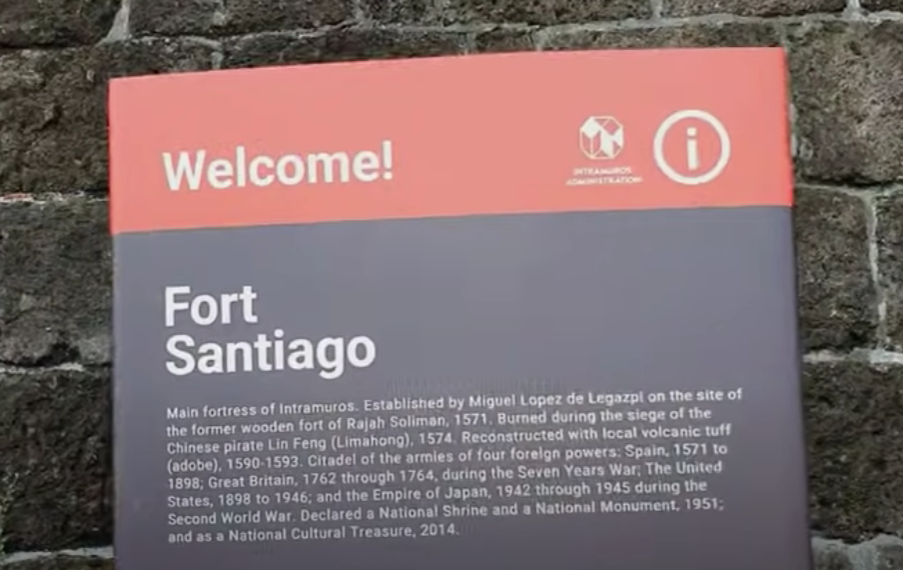
Also, I appreciate the restored ruins that served as the valor of the Filipinos through the centuries. I know more about architecture and the history of the Spanish colonial period in the Philippines. Moreover aside from the historical insights, I saw the guards guarding the fortress wear an old type of Guardia civil uniform which is fascinating to see. Then as I walk to the other side of Fort Santiago, it came into my mind that I hope Fort Santiago will last for more generations to come as the students, teachers, and local and foreign tourists can learn more about the sixteenth-century military defense structure as well as the history of Manila.
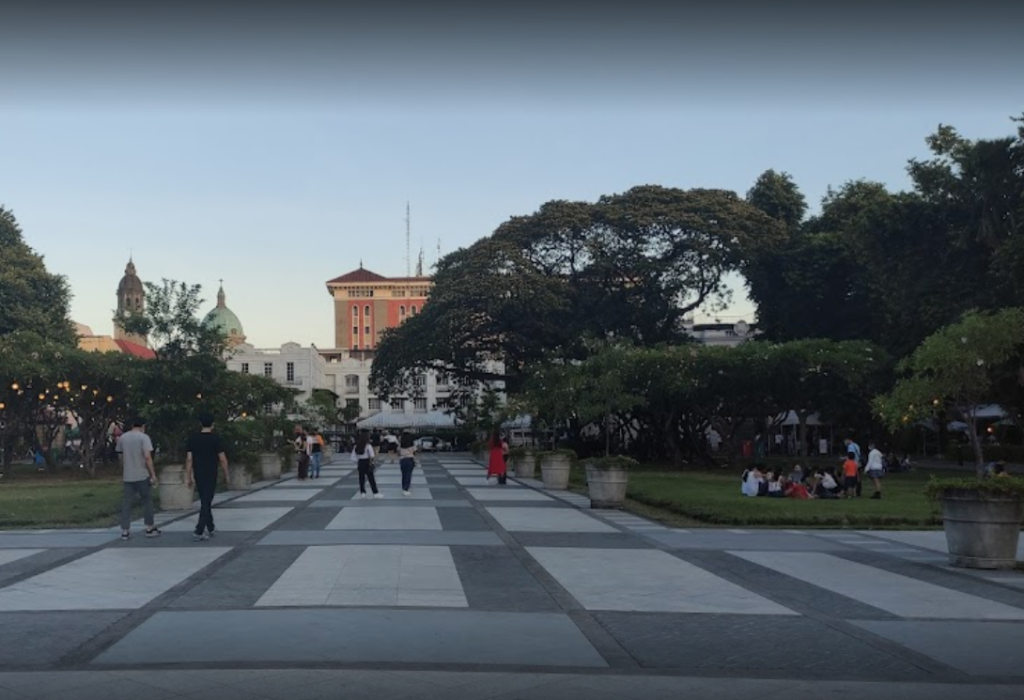
Overall, Fort Santiago has an astonishing view of the walled city and it is a smoke-free zone area. Then I went to the Dungeons of Fort Santiago and I reminisce and commemorate the significant history such as the Spanish era and the Battle of Manila. According to the commemorative plaque I read, Fort Santiago was the detention cell for the convict and captive men who strongly oppose the Spanish regime during the sixteenth to the eighteenth century.
After exploring the dungeons, I savor the view of the Pasig River and the landscape of Manila. I stayed at Intramuros for almost three hours including my resting time on the benches and touring a few museums inside. Before I left the historic walled city, I said to myself I will definitely come back to Intramuros in the near future. God willing. Later, I have my late lunch at one of the fast food restaurants near Intramuros. On the whole, my trip to Intramuros sums up this tremendous quote “Travel is a never-ending learning experience.”
Things to bring on your visit to Intramuros:
Sunscreen
Comfortable clothes, sneakers, or footwear
Umbrella
Jacket (optional)
Valid ID
Bottled water
Handkerchief or face towel
Face mask
Pocket money
Smartphone
Pocket Wi-Fi (optional)
Sample 1-Day itinerary to Intramuros
7AM – Departure going to Intramuros
8:30AM – Arrive at Baluarte De San Diego
10AM – Manila Cathedral, San Agustin Church
11:30AM – Lunchtime at Barbara’s Heritage Restaurant
1PM – Silahis Center
2PM – Casa Manila
3PM – Museo de Intramuros
4PM – Fort Santiago
5:30PM – Going back home
Sample 2-Day itinerary to Intramuros
Day 1
8AM – Explore Fort Santiago
9:30AM – Visit Manila Cathedral, Plaza Roma, and Palacio del Gobernador
11:20AM – Lunchtime at Coco Bango Cafe
1PM – Baluarte de San Diego
2:30PM – Visit Casa Manila and San Agustin Church
4:30PM – Bamboo bike tour with sunset viewing at Sky Deck View Bar – The Bayleaf Intramuros
7PM – Dinner Barbara’s Heritage Restaurant
Day 2
9AM – Intramuros and Rizal Bagumbayan Light and Sound Museum
11:30AM – Lunch
1PM – National Museum of Natural History
3PM – Explore Rizal Park
5:15PM – Sunset viewing at Manila Bay
7PM – Dinner
How to Go to Intramuros
By commute:
Option 1:
- From Mall of Asia in Pasay City, ride a bus or jeep with signage of Lawton.
- From Lawton, walk for thirty minutes towards Intramuros.
Option 2:
- From Makati City, ride an MRT (Metro Rail Transit) train going to Taft Avenue station.
- From Taft Avenue station, ride an LRT (Light Rail Transit System) train going to Central station.
- Then from Central station, walk your way towards Intramuros.
Option 3:
- From Recto Manila, ride a passenger jeep that has signage of Intramuros.
- Alight at exactly at Intramuros arch.
Option 4:
- From LRT 2 Katipunan Station, ride a train going to LRT 2 Recto Station
- Then from LRT Line 2 Recto Station goes straight towards LRT Line 1 Doroteo Jose Station and after that go over to the overpass bridge (a shortcut way to get in Line 1).
- From Line 1, ride a southbound train from Doroteo Jose Station going to Baclaran. Then go down to the selected station either Central Terminal station or United Nations station. depending on where you are comfortable. Note: If you choose to go down in Central Terminal station, then you may ride an electric tricycle or also known as e-trikes, and tell the driver to take you to Intramuros. On the other hand, if you choose to go down to the United Nations station, walk towards Kalaw Avenue (formerly T.M. Kalaw Street)-Southern Boundary of Rizal Park. From Rizal Park, you can walk diligently to Intramuros.
Note: If you have a private vehicle then you can pin the Intramuros on your Waze app or Google Maps on your smartphone. You can also use the Binondo-Intramuros Bridge for convenience and faster travel time. In addition, there’s a pay parking area within Intramuros.
Reminders and Tips:
- Intramuros is open to the public during the night. It showcases visitors a romantic vibe while having a night walking tour.
- The carriage ride in Intramuros ranges from 400 pesos to 500 pesos for thirty minutes tour. The carriage ride will take you to several historical sites such as Plaza Mexico, Baluarte de San Diego, and Puerto Real.
- If you have your own bike then you can bring it to Fort Santiago while having a tour.
- There’s a parking area for motorcycles and cars for a minimal amount so you don’t need to worry. You may park your car at the San Agustin Church.
- Fort Santiago entrance fee is 50 pesos for students and 75 pesos for adults. Fort Santiago is open daily from 8 am until 7 pm. Meanwhile, Rizal Shrine is open from Tuesday to Sunday from 9 am up to 6 pm. On the other hand, the Casa Manila museum is open every weekend.
- The entrance fee in Baluarte de San Diego is 75 pesos per head for adults and 50 pesos per head for students.
- In order to lessen your expense while exploring Intramuros, I highly advise that you bring lots of water with you.
- Calesa tour or horse-drawn carriage tour is around 1000 pesos for every hour of the tour. It’s a good old-fashioned and perfect way to get around Intramuros and to experience the golden years of the calesa as a mode of transport without breaking a sweat. Presently, calesa is mainly used for tourism purposes only. The horse-drawn carriage can accommodate up to five passengers. Calesa was first used on the streets of Manila during the eighteenth century.
- Be aware of the tricycle drivers who overcharge the commuter. For example, he was charging your group 100 pesos per person for just a three-minute trip going to Casa Manila. In case you encounter this kind of tricycle driver just reach out and report it to your tour guide or to the guards that are near to your area.
- Guides are available mostly at Casa Manila. Also, there are DOT (Department of Tourism) accredited tour guides that are fluent in Filipino and English language. However, if you don’t want to hire a tour guide and you know the roundabout of Intramuros then you can rent bicycles at Casa Manila for an affordable amount.
- Pedicab drivers offer thirty minutes trip for 250 pesos. The pedicab can fit only two passengers only and they will take you around Intramuros. Also, the trip will be filled with informative stories so it will be awesome to try.
- The entrance fee in Intramuros is 75 pesos and visitors can visit all the attractions in Intramuros in half-day around three to four hours.
- LRT Central Terminal station is the nearest LRT station to Intramuros. From there, visitors will just walk for fourteen minutes to get to the historic walled city of the Philippines.
- Women should adorn themselves in respectable apparel, with modesty and self-control. Don’t visit Intramuros wearing too many costly arrays that attract the eyes of snatchers such as expensive jewelry, pearls, or gold. Also, always be vigilant with your personal belongings, especially when taking pictures and videos.
- Make sure to always allot time allowance for every destination you’re visiting.
- Always put your garbage or trash in a proper way.
- Binondo – Intramuros Bridge is now open and motorists can use the awesome bridge in order to get to Intramuros conveniently. The bridge was inaugurated by former Philippine President Rodrigo Duterte on April 5, 2022, and it was opened to the public on April 6, 2022. Binondo – Intramuros Bridge is a white-tied arch bridge in Manila City that connects Binondo and Intramuros. It has an impeccable view of the Pasig River, Manila Bay, Intramuros skylines, and Binondo district (Chinatown). It was built to ease the traffic congestion in Manila and it’s part of the Build, Build, Build project of the former administration.
- There are many hotels and accommodations near Intramuros where you can stay overnight such as Casa Bocobo Hotel, Hotel H2O, The Luneta Hotel Manila, The Bayleaf Intramuros, The Manila Hotel, and White Knight Hotel Intramuros.
- Many local travelers go around Intramuros by bamboo bikes. Bambike tours provide tourists with a one-of-a-kind bamboo bike tour in Intramuros that is both compelling and informational. Bambike headquarters is located at Real Street corner General Luna Street, Intramuros, Manila. Bambike’s operating hours are Monday to Saturday from 9 am up to 5 pm.
- The best time to visit Intramuros is during the summer season from the month of February up to the month of May.
- Above all check the latest weather forecast in Metro Manila before exploring Intramuros.
There you have it, history lover. It’s more fun to be in Manila. We travel because we need to because distance and difference are the secret tonics to creativity. When we get home, home is still the same, but something in our minds has changed and that changes everything. Mostly, I aim that this Intramuros blog has been pleasant to you. Stay warm and healthy everyone. Until next time.



